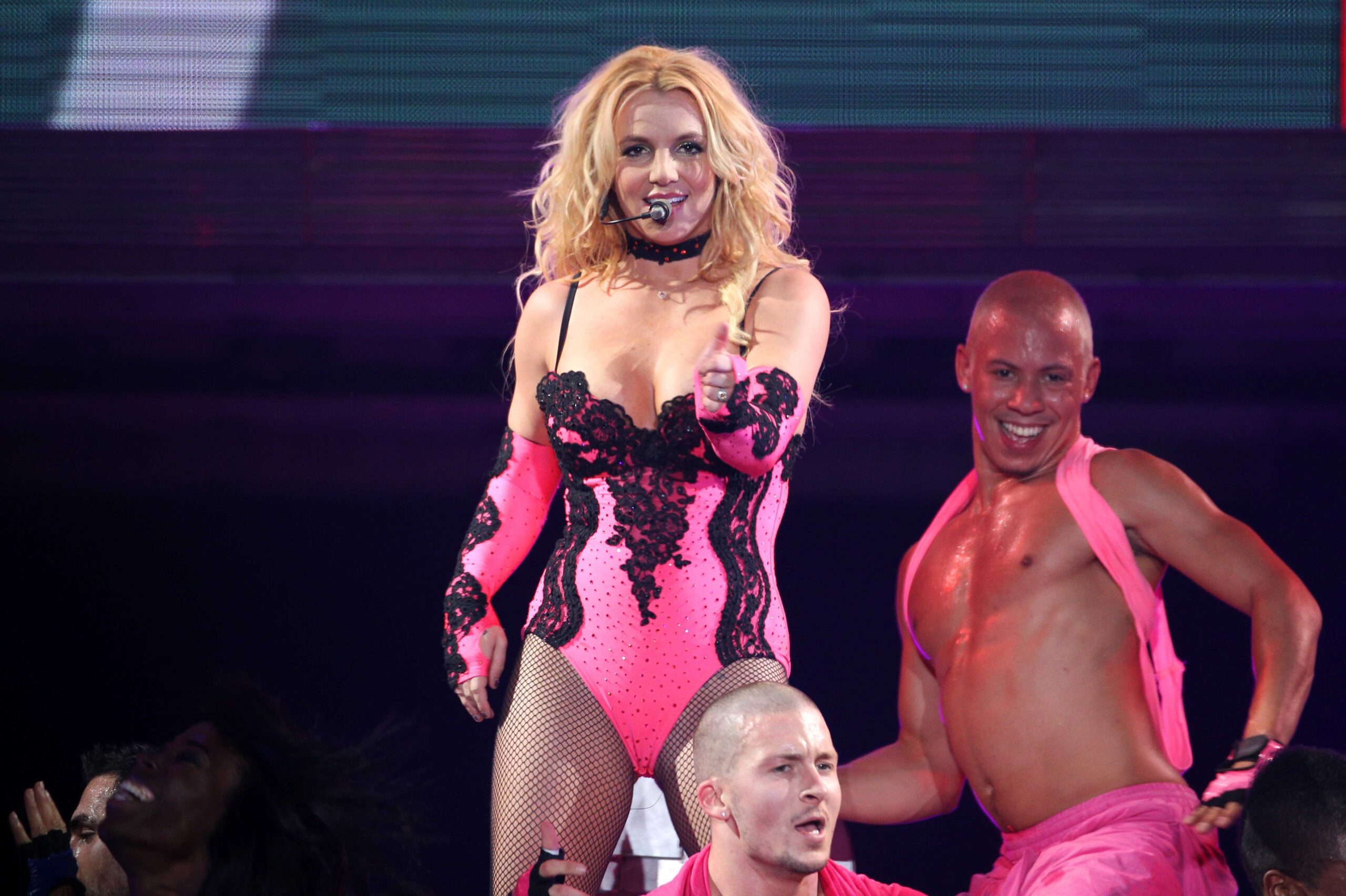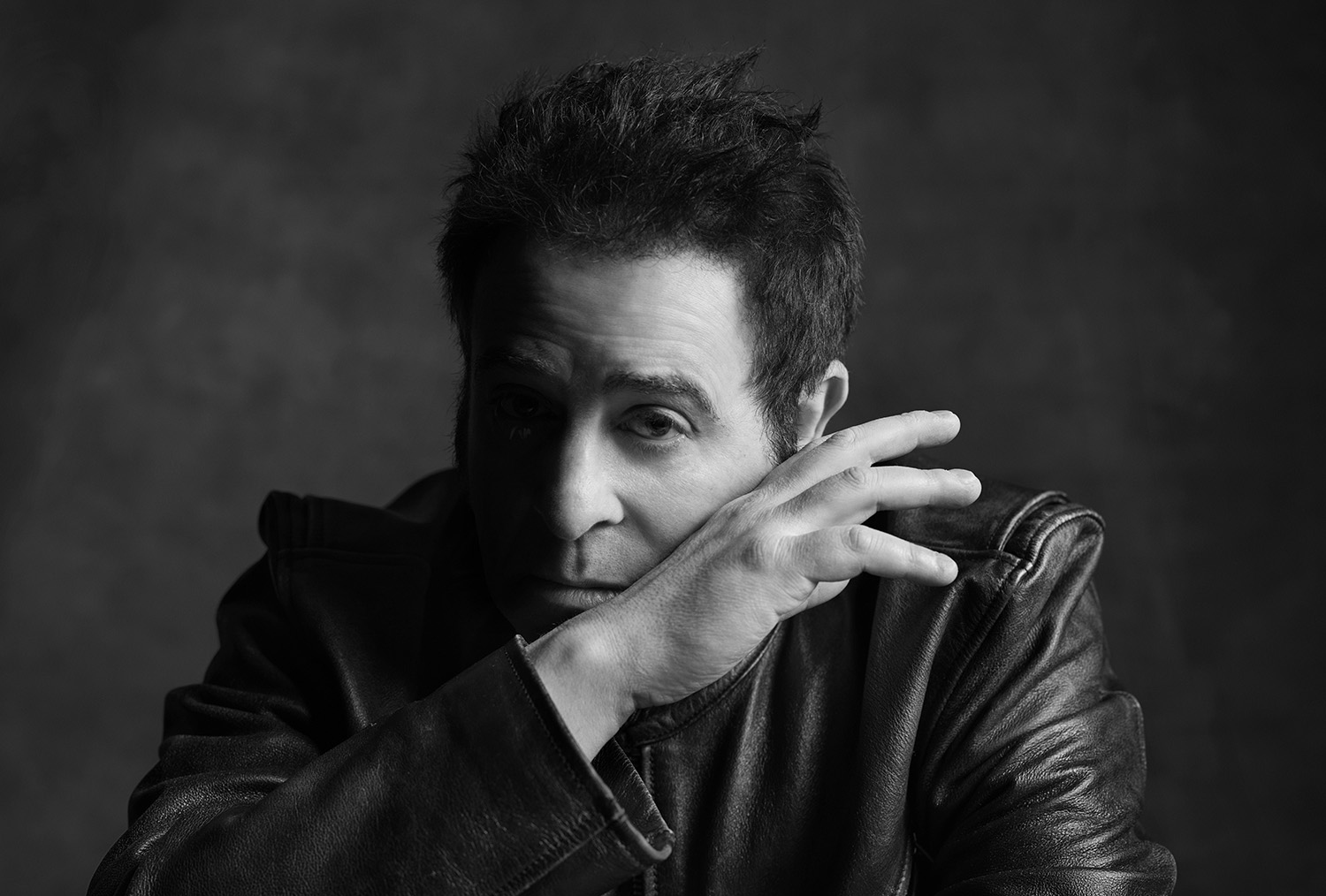Film
REVIEW: “Framing Britney Spears” Exposes the Rot at the Center of the Celebrity News and Clickbait Cycle
10 Feb, 21

Pariente Jean-Philippe/Sipa/Shutterstock
Framing Britney Spears brings up a lot of issues.
There’s the rampant misogyny Britney Spears experienced as a young starlet, when she was constantly sexualized by male interviewers, even in her childhood. The way men talk to Britney in the documentary is disgusting, and every single time she smiles back and laughs it away.
There’s the further misogyny she experienced as a young mother — her every move judged and her integrity questioned, her sanity interrogated by interviewers.
But another one of the main horrors that Framing Britney Spears highlights is the corrupt and horrifying nature of the tabloid news cycle, a cycle that has smoothly translated to today’s clickbait economy.
In this attention economy, people — often women — are praised, then torn apart, then used as fodder for laughs and more headlines. The clueless public clicks away until the person is ruined. This is what happened to Britney, whose eventual breakdown was provoked by the persistence of paparazzi who stalked her, scared her, and literally did not take no for an answer.
In an interview featured in the documentary (the latest entry in FX’sThe New York Times Presents seriesseries and now available on Hulu), the celebrity photographer Daniel Ramos — who took the famous photo of Britney smashing a car with her umbrella — says that he originally wanted to be a filmmaker. Indeed, many of the architects, photographers, and journalists in the tabloid/clickbait world were once aspiring artists. But soon enough, he says, the money was too much to resist — a photo of Britney could earn a million dollars.
“Working on her for so many years, she never gave a clue or information to us that ‘I would appreciate you guys leave me the eff alone,'” Ramos says, claiming he was surprised when Britney smashed his car that night.
“What about when she said, ‘Leave me alone?,'” the interviewer replies.
“There were times when she [was] like, ‘Can you leave me alone for the day?” Ramos continues. “But it wasn’t like, ‘Leave me alone forever.’ You know what I mean?”
No one left Britney alone. Not the tabloids, not the late-night talk show hosts, who made endless jokes about her.
And now, she is in a terrifying conservatorship, her finances and life decisions and social media controlled by her father.
From start to finish, Framing Britney Spears argues, Britney’s life was controlled by people — usually men — who wanted money from her and control over her. The media capitalized on her image for its absurd tabloid industry, which thrives off rage and cares only for magazines purchased, a strategy that has directly translated to websites and social media accounts that publish and post anything at all for clicks.
Today, the tabloid industry is alive and well — and it continues to do to others what it did to Britney.
On her Instagram story “Gaslighting,” Jameela Jamil breaks down the media’s tendency to lift a woman up, overexpose her to the point where the public becomes exhausted, and then tear her apart. This happens, she argues, with everyone from Princess Diana to Taylor Swift, Meghan Markle, Jennifer Lawrence, and many, many others.
The entire story is worth a watch. She explores the way that the media often takes fragments of sentences and twists them into clickable headlines meant to tear her down.
Britney isn’t in a conservatorship solely because of the media — the entire entertainment industry in and of itself, and maybe even capitalism, is to blame; but mostly, her clearly insane, controlling, money-hungry dad Jamie Spears is to blame.
Still, watching the documentary, you can’t help but to feel disappointed in the way an entire industry treated Britney, cherry-picking stories and tearing her apart in order to capture the public’s attention. You can’t help but think about all the stories that could’ve gone differently, including Britney’s, if she’d been able to tell her own.












